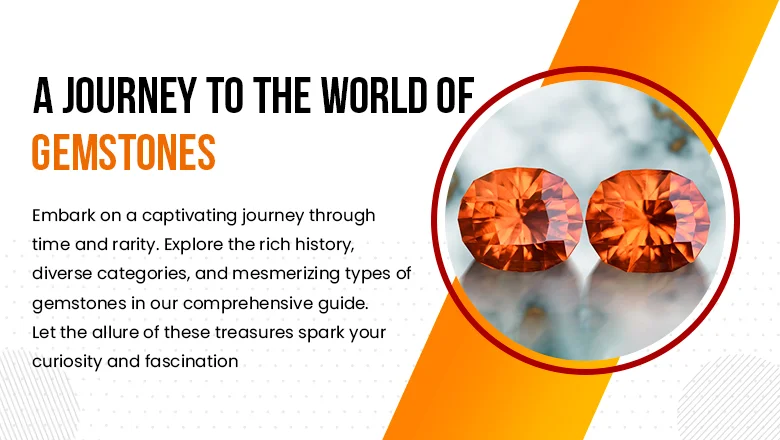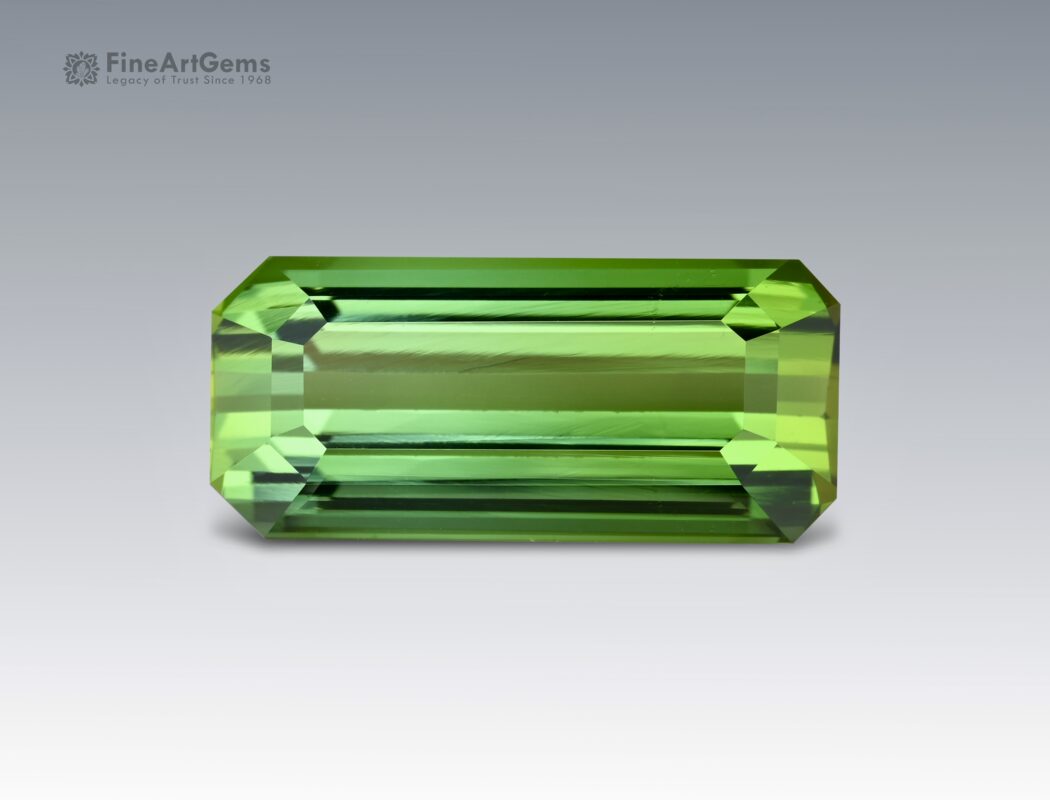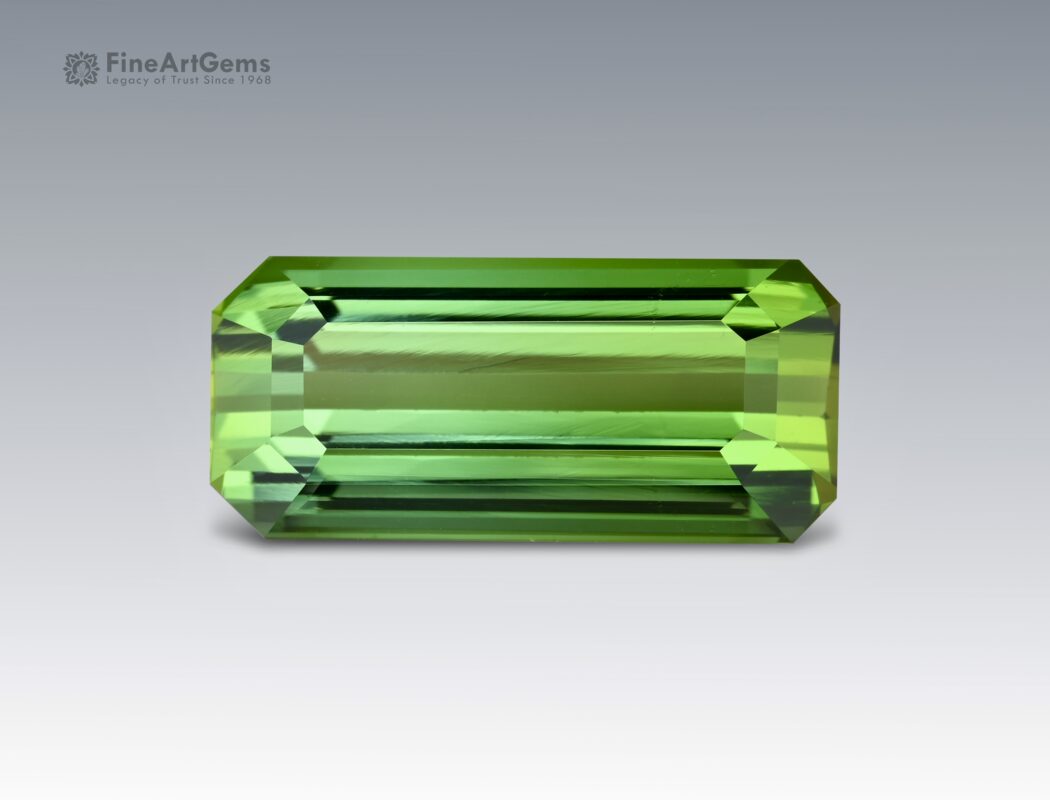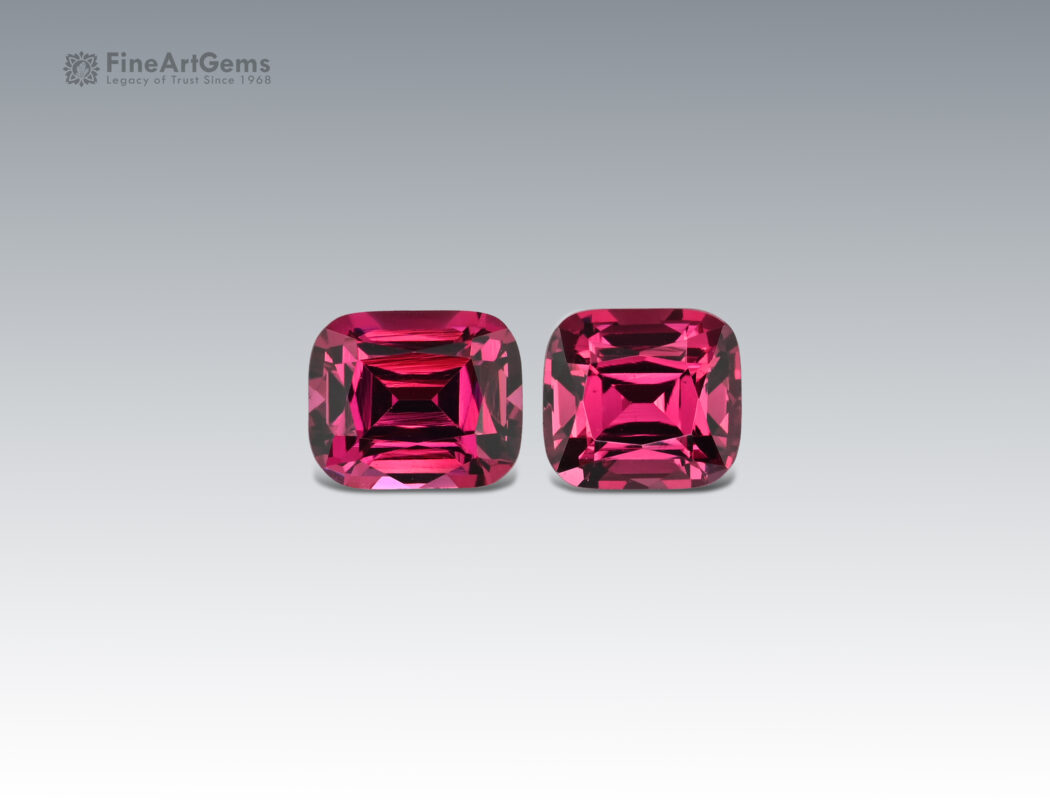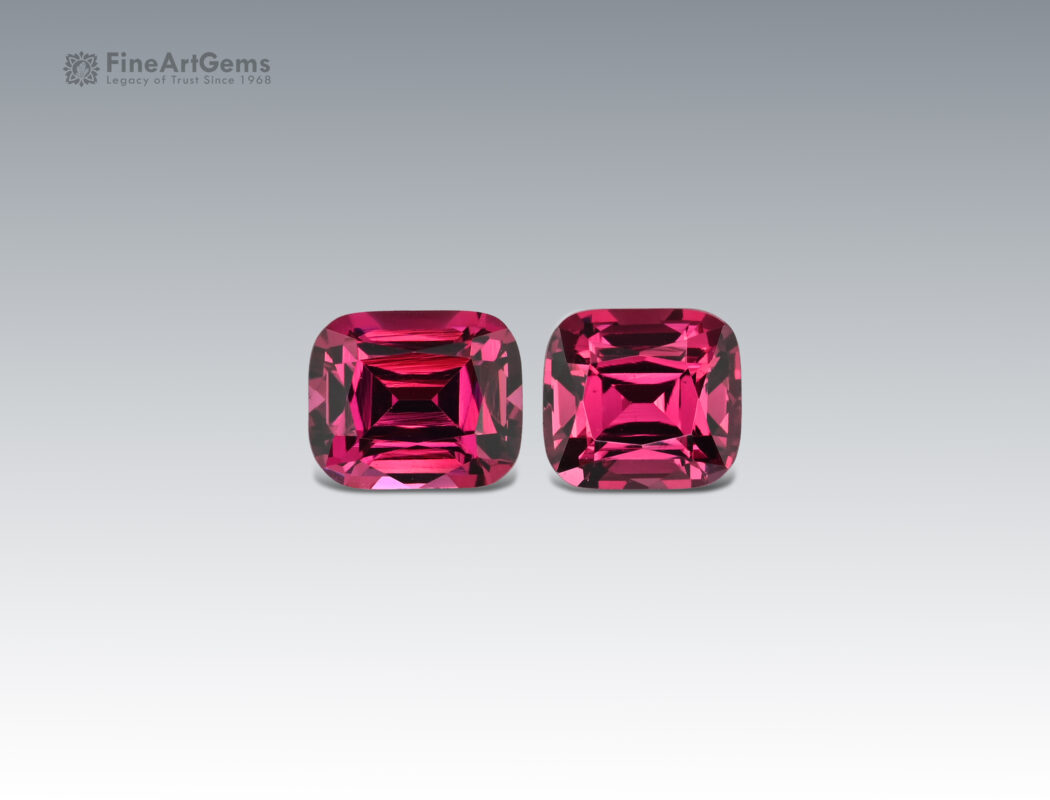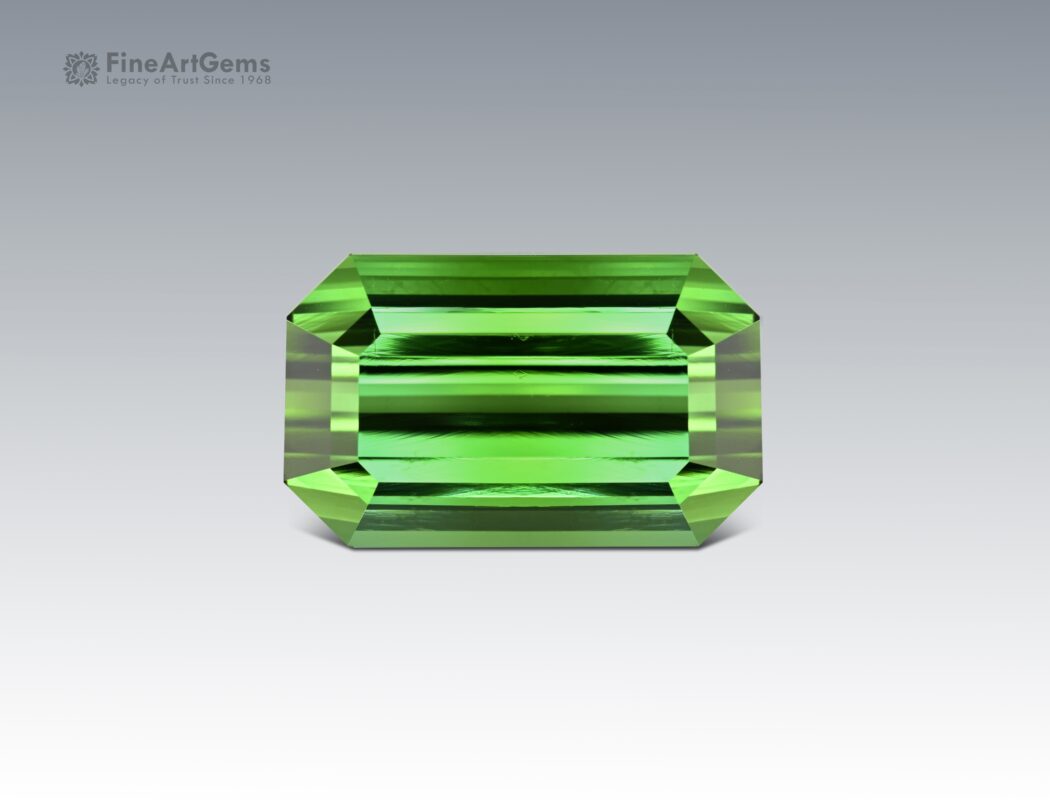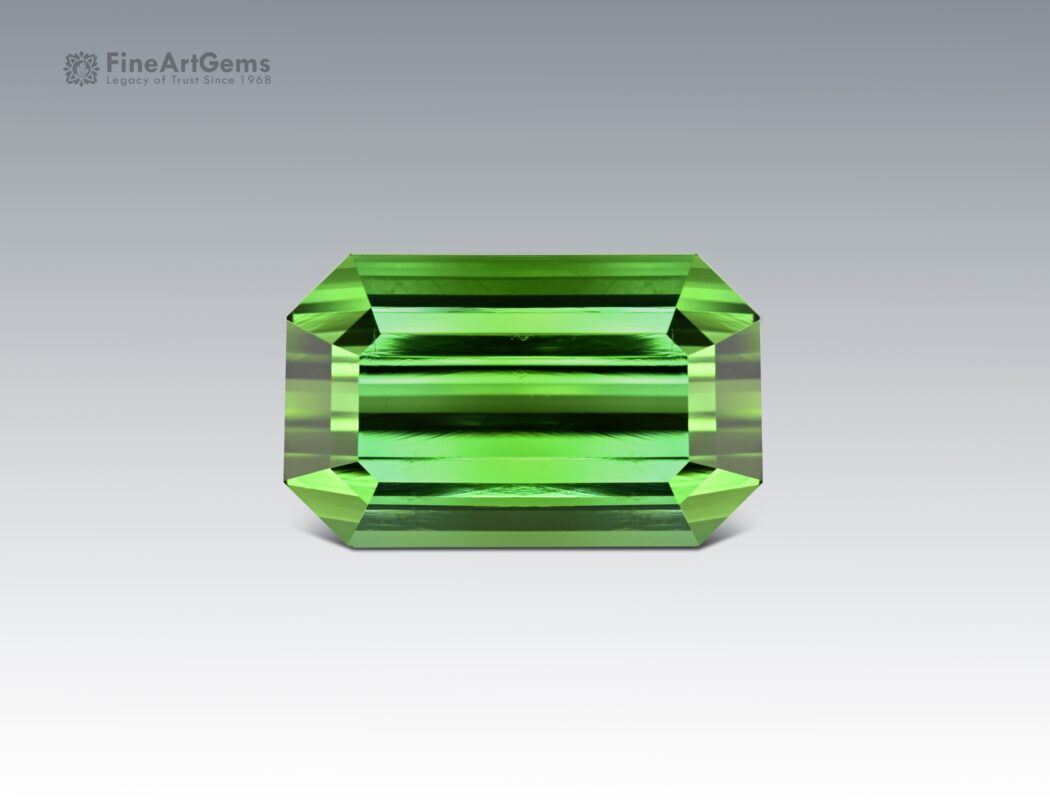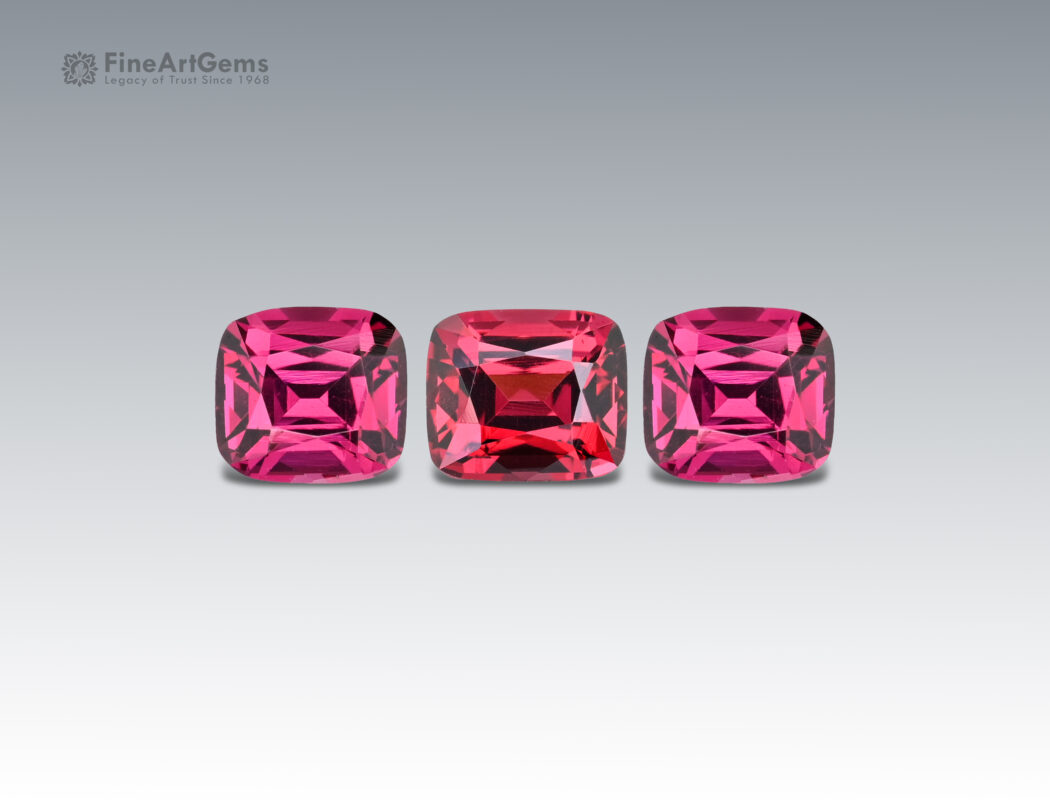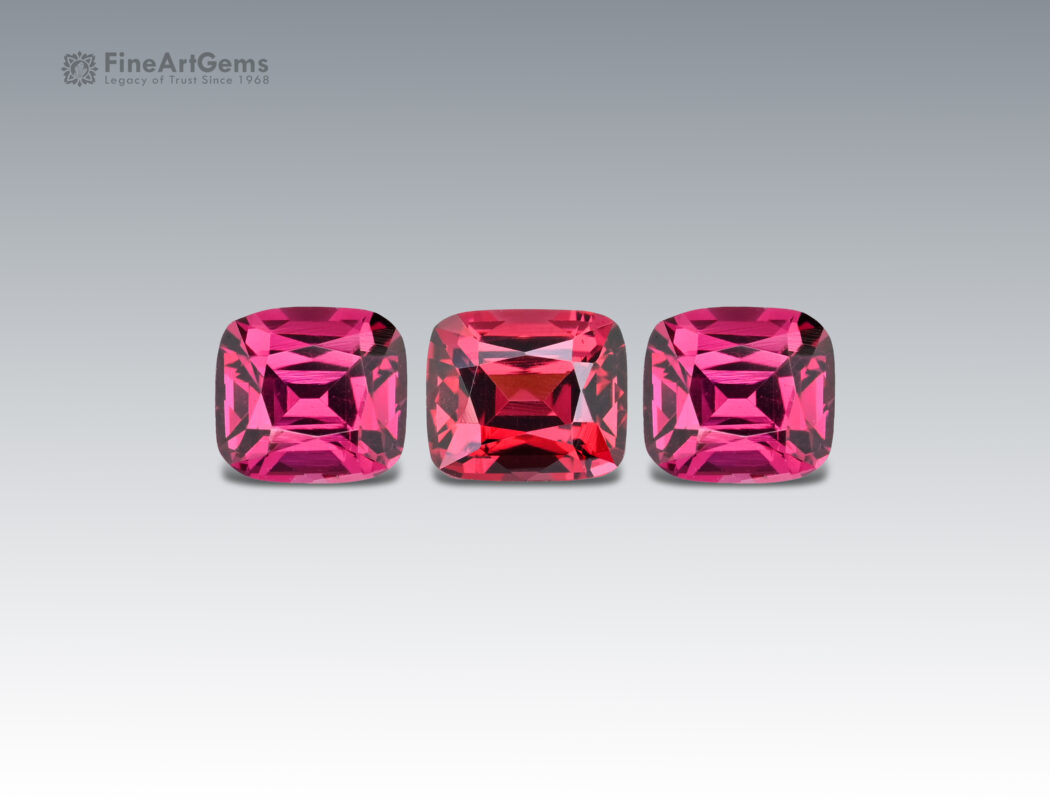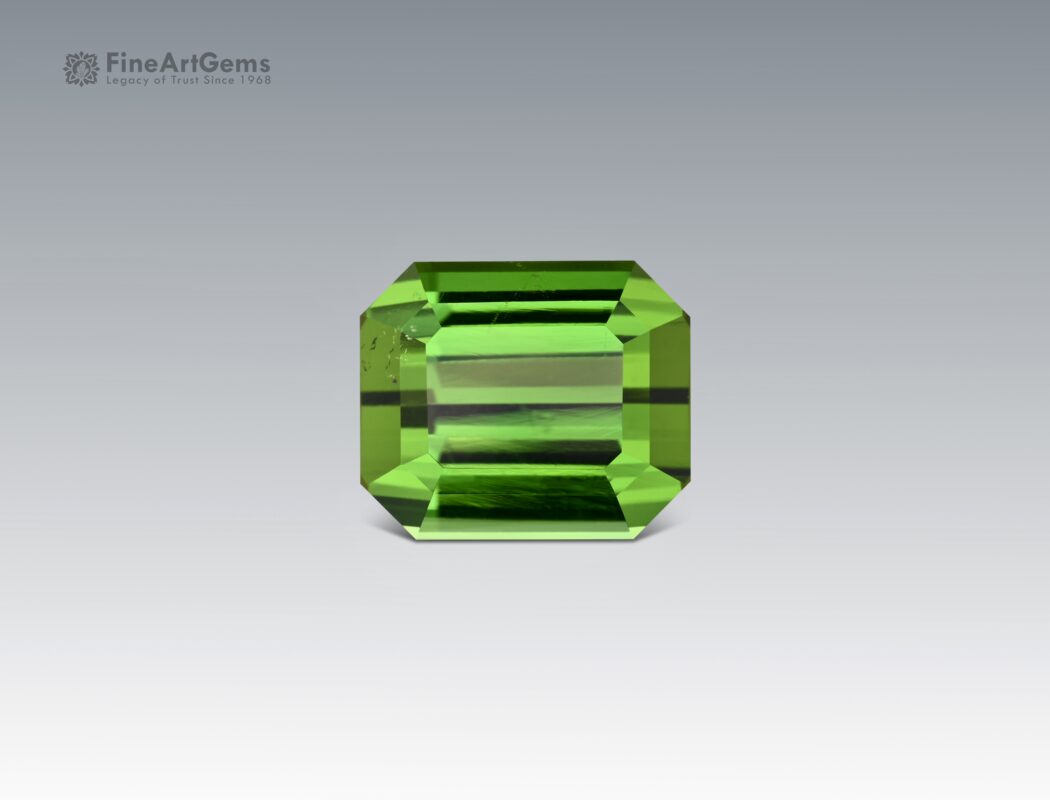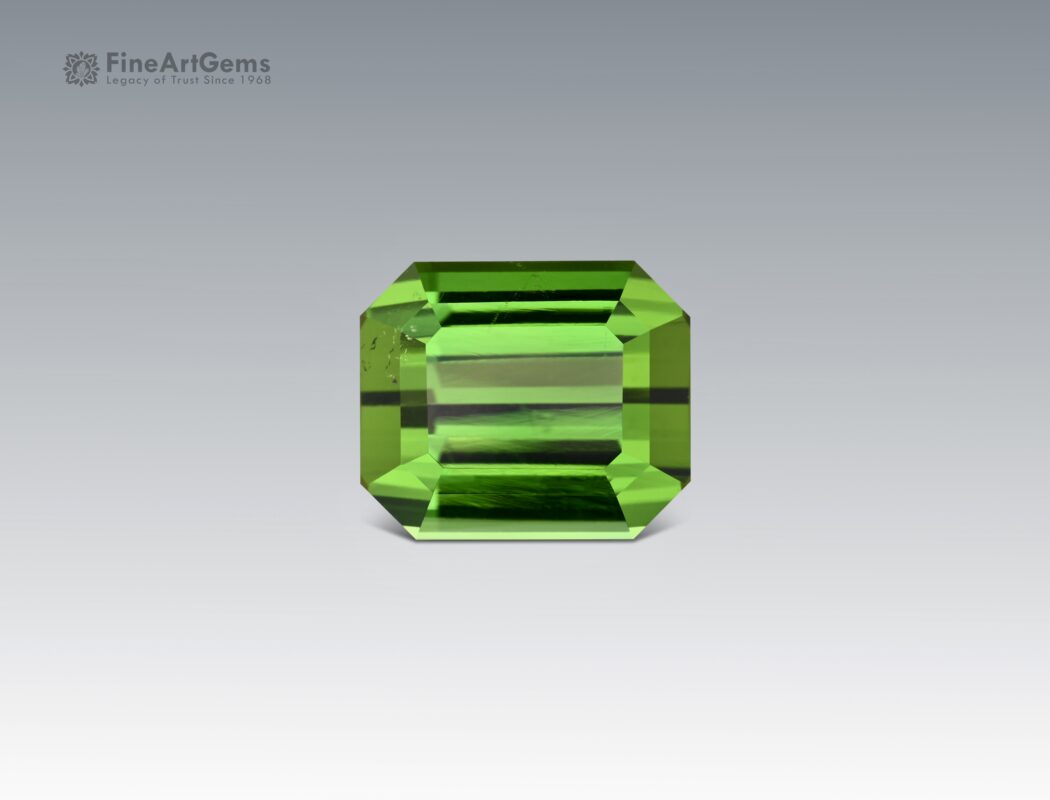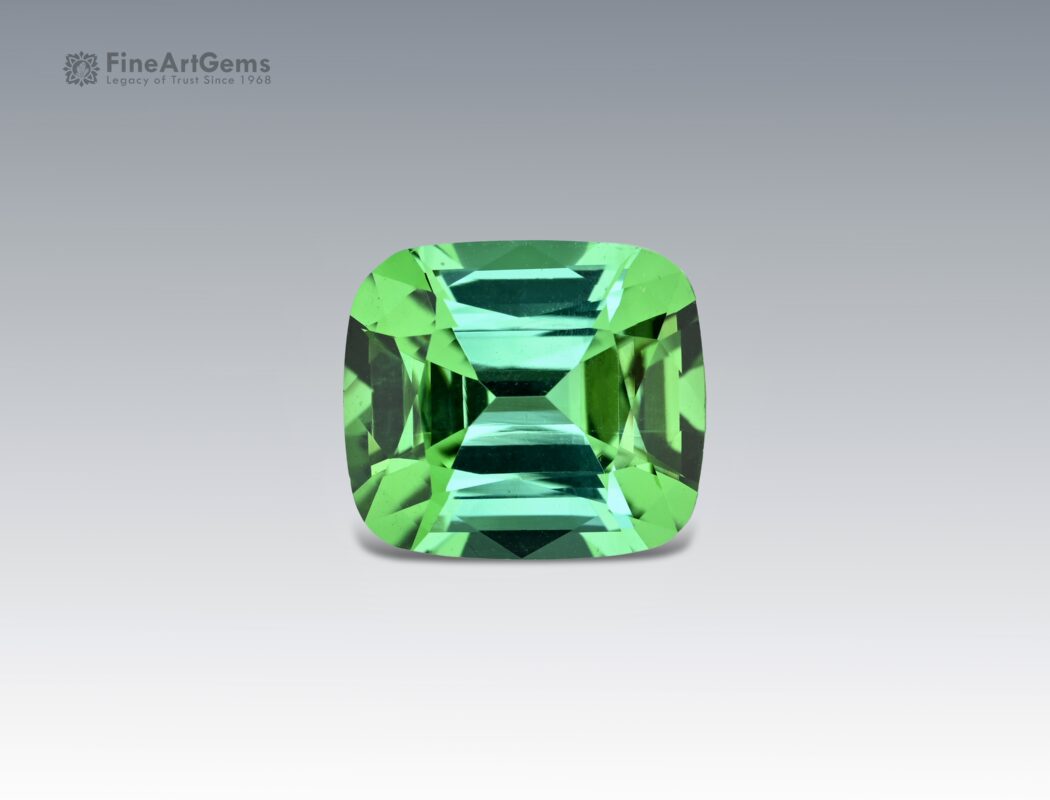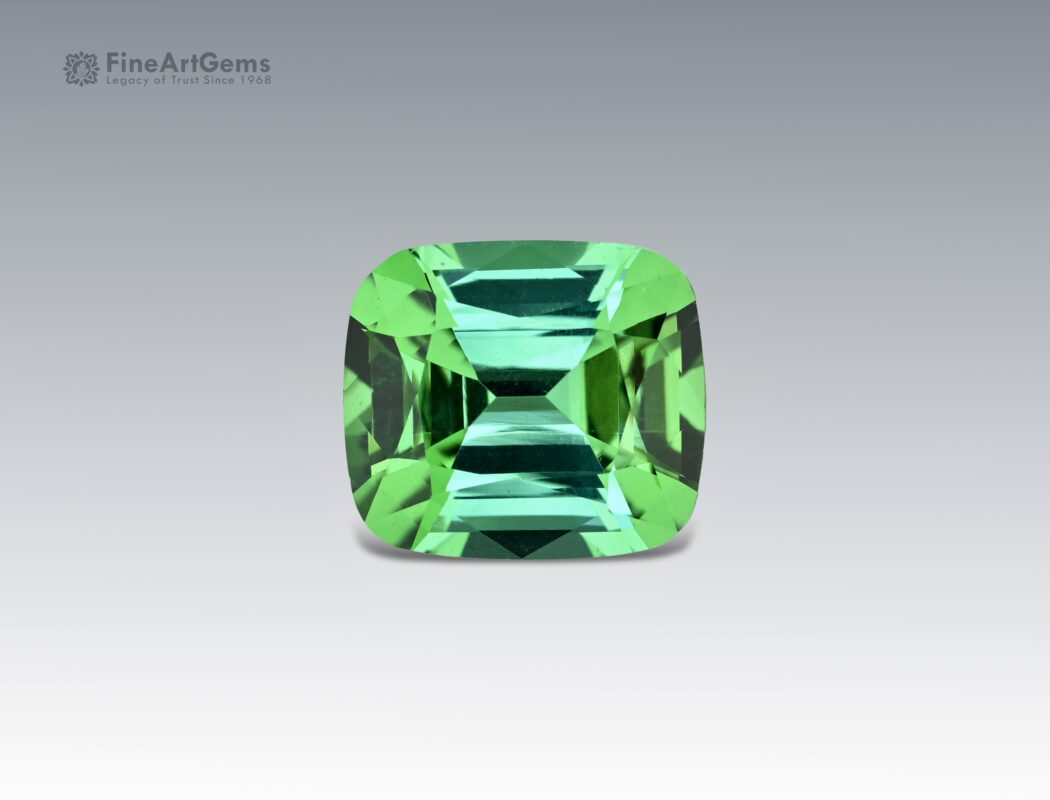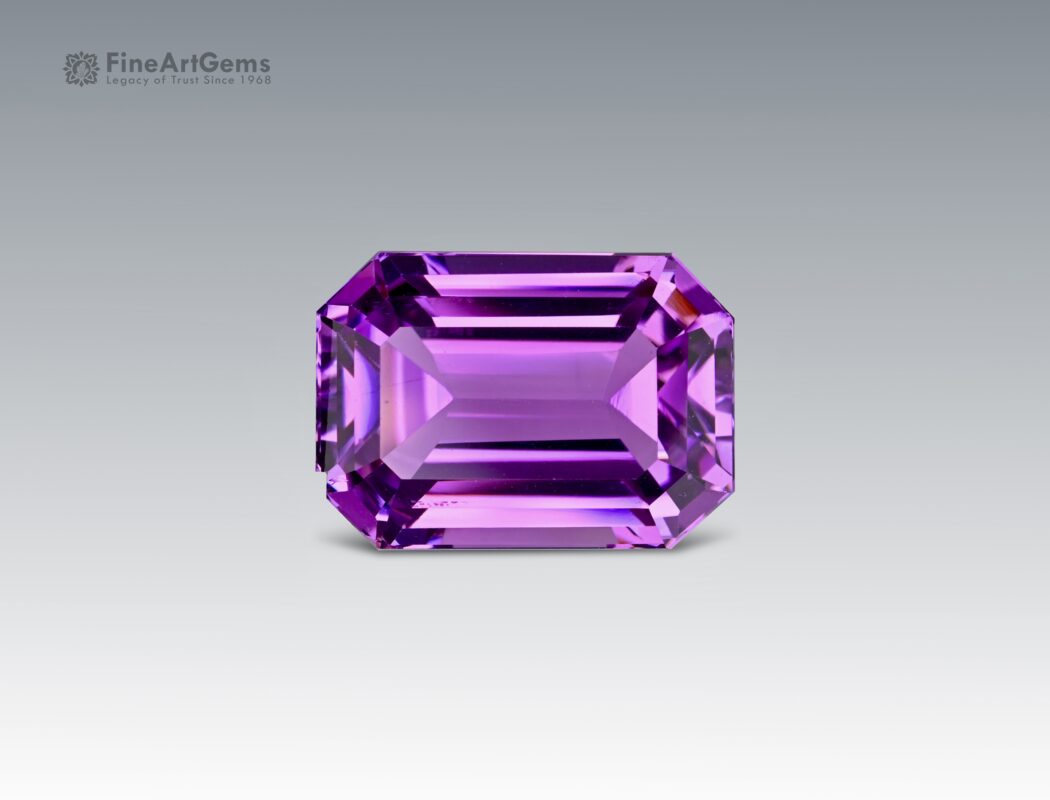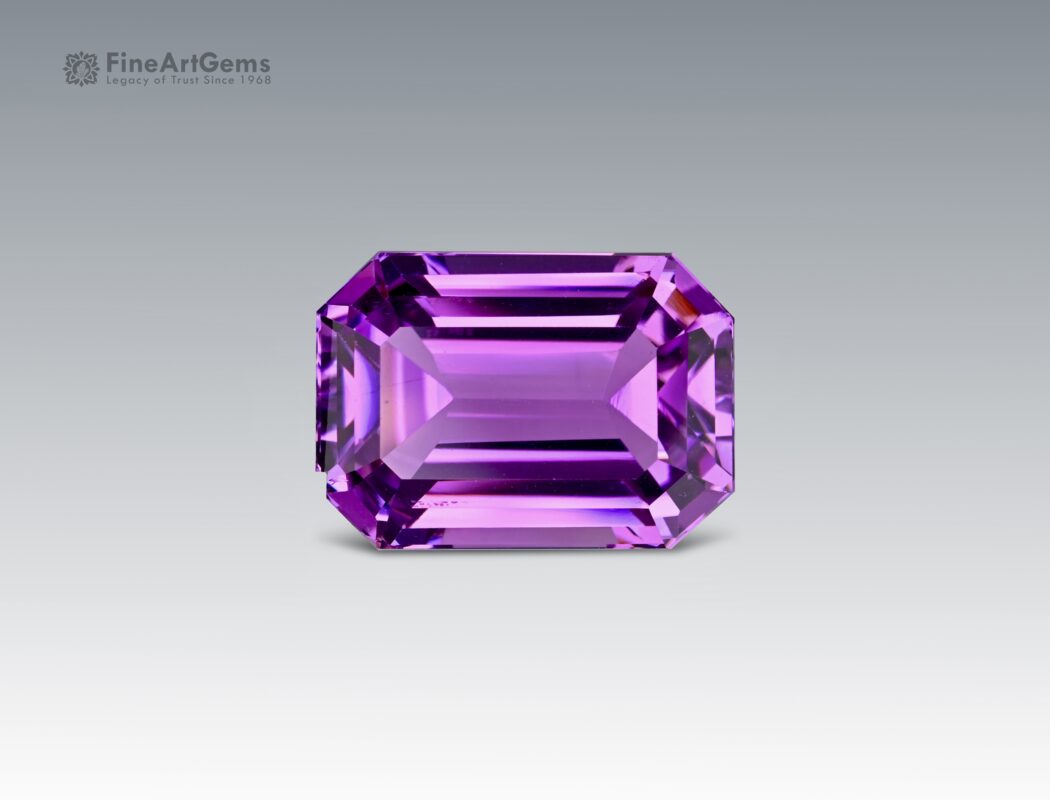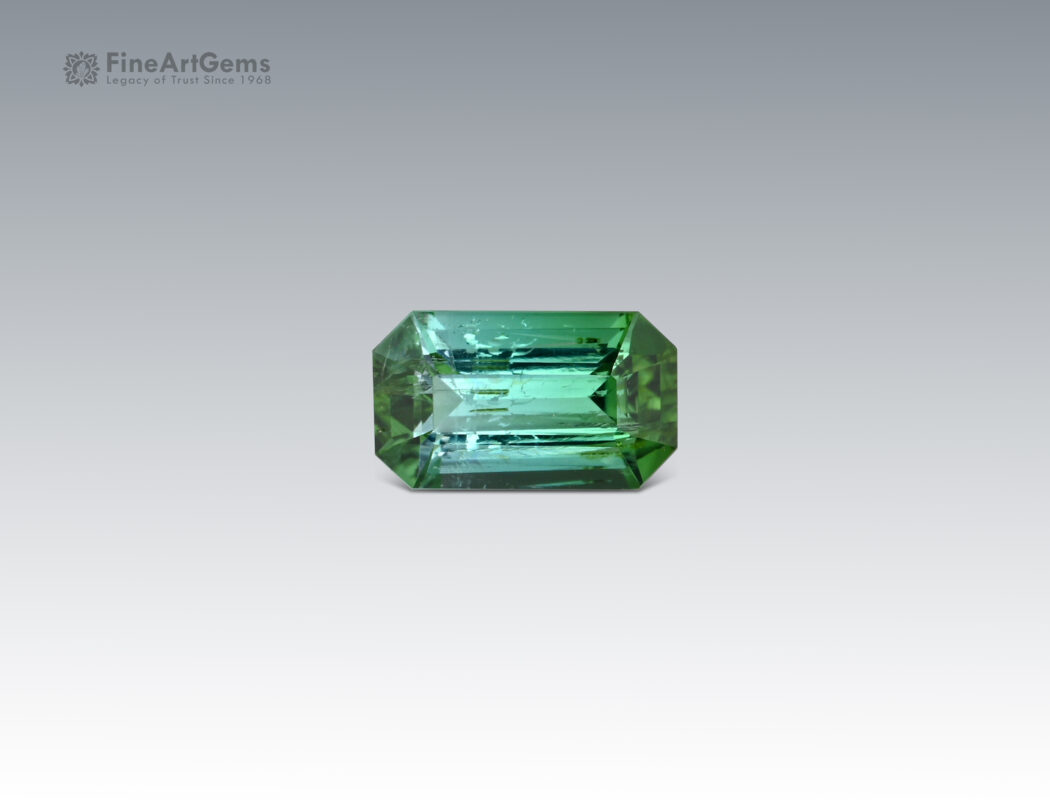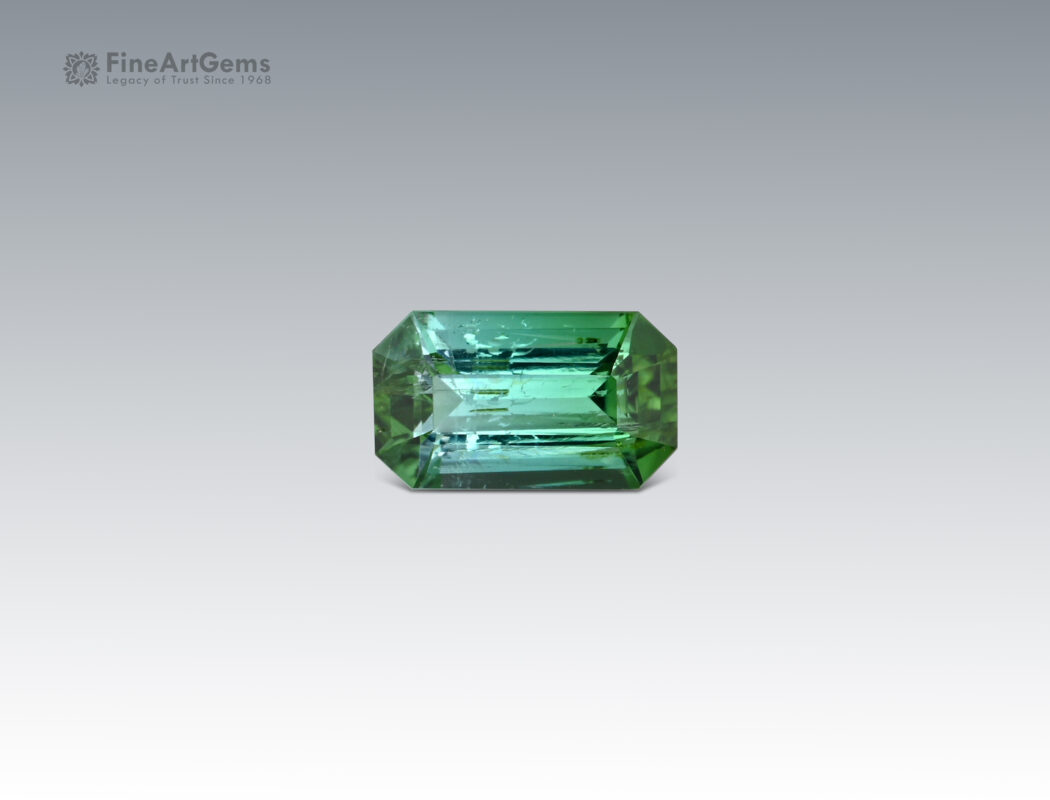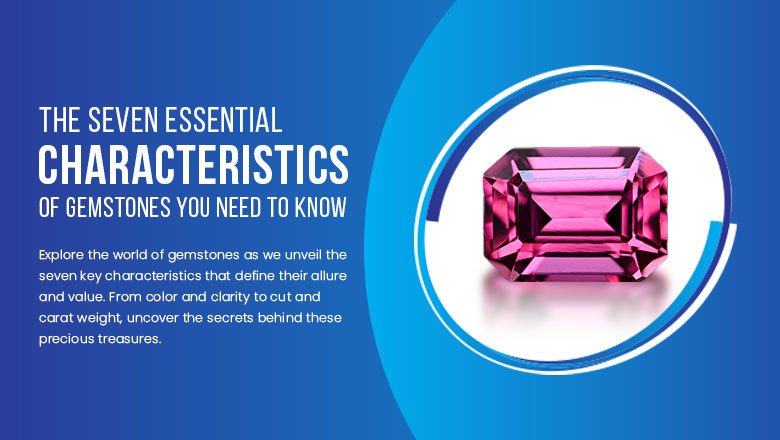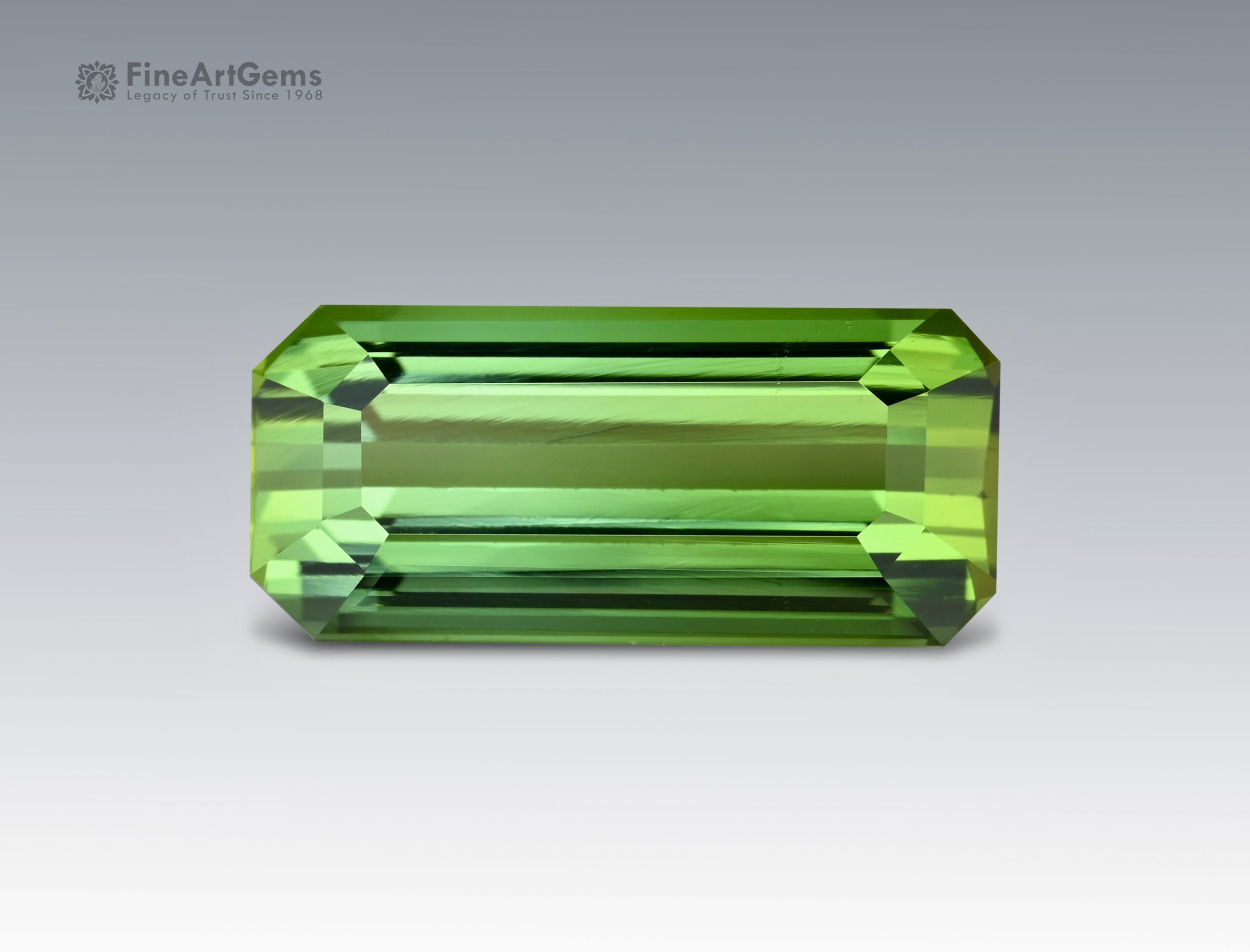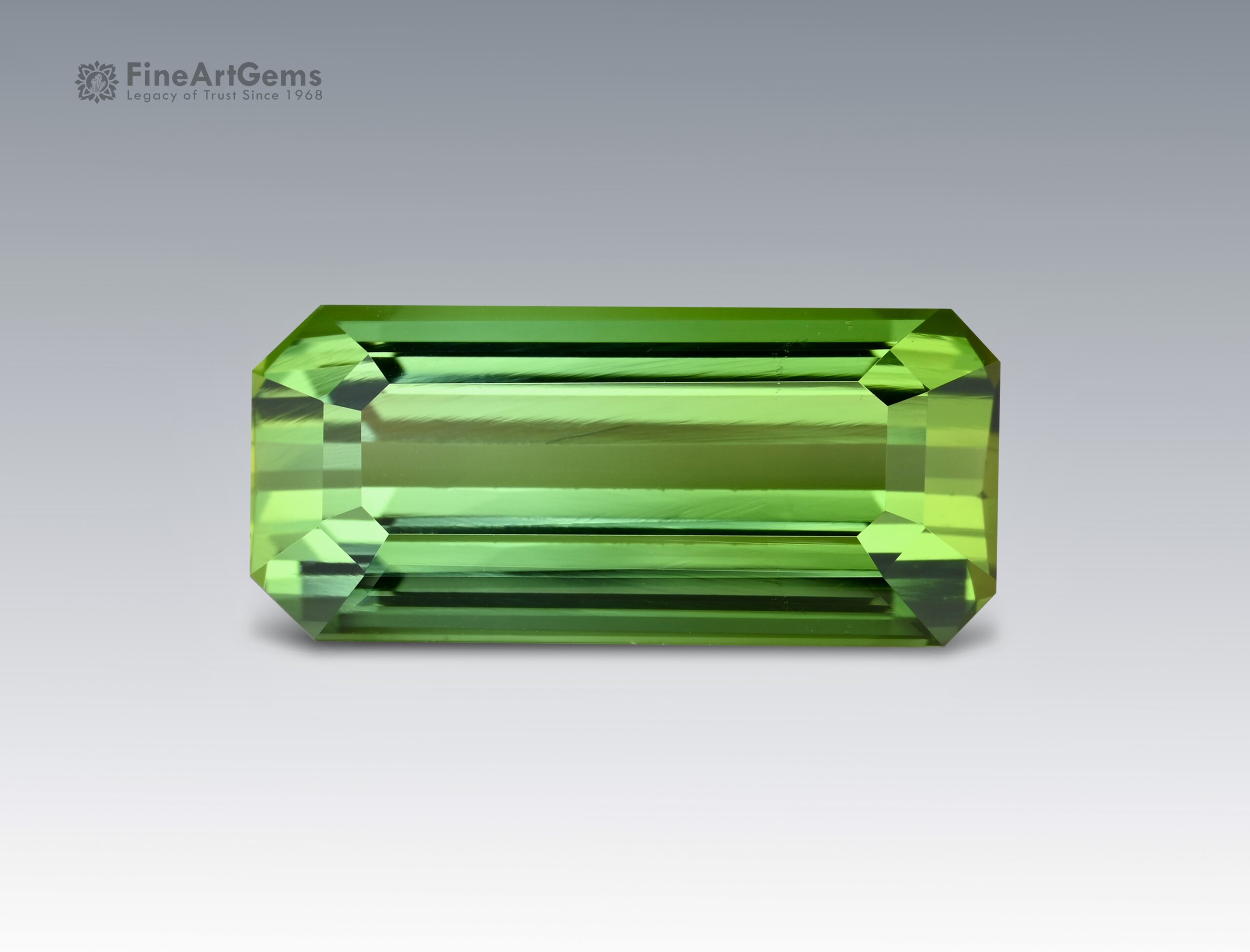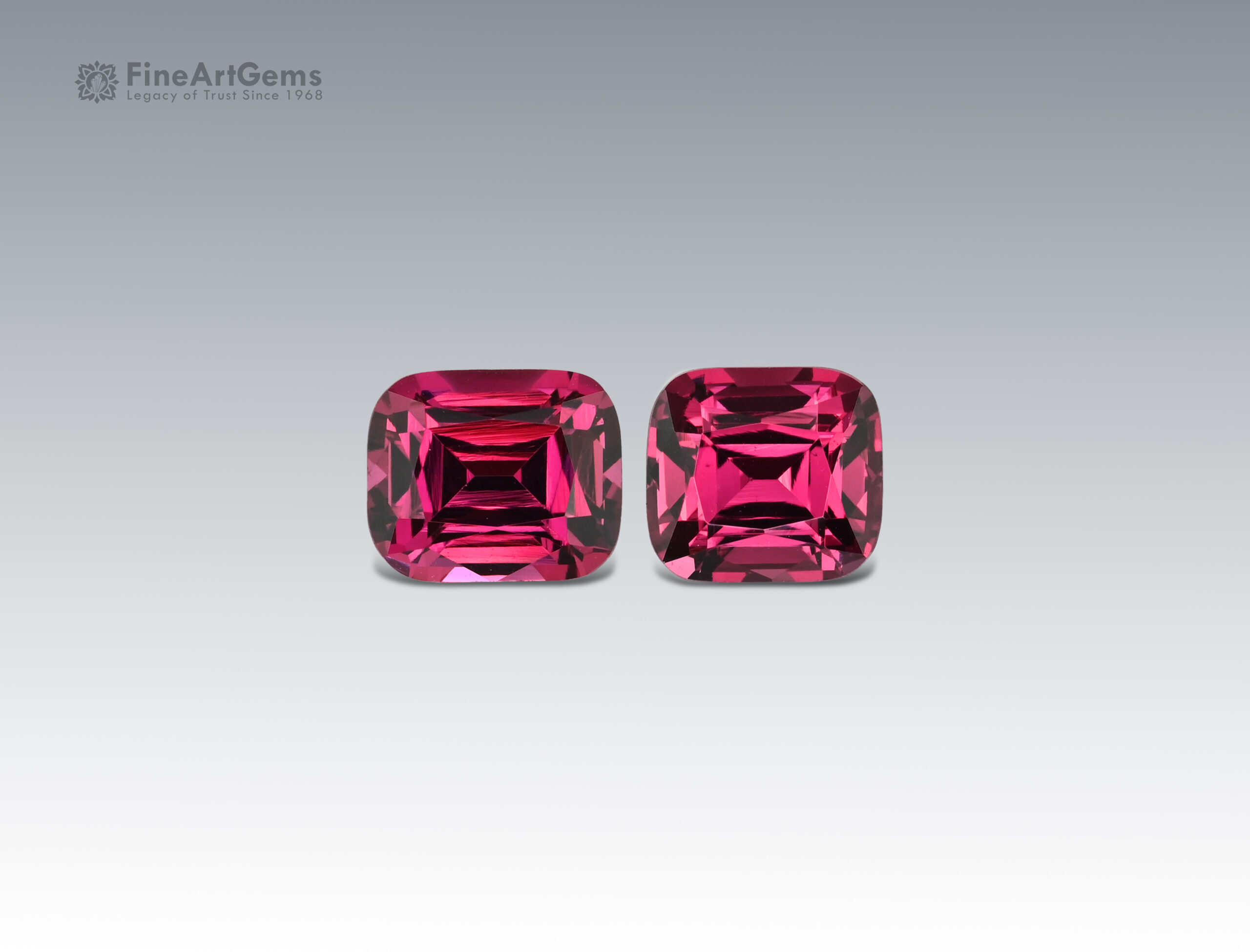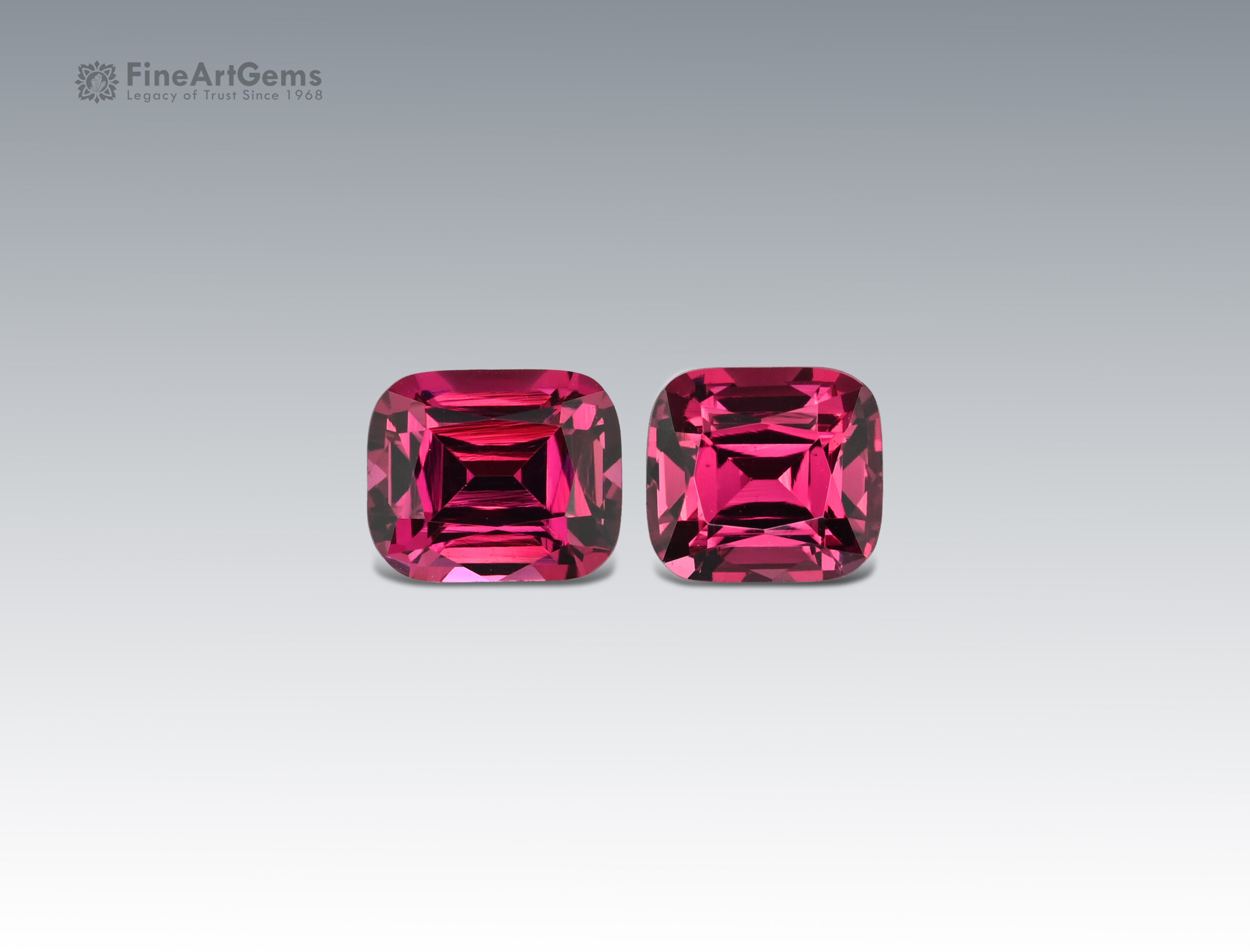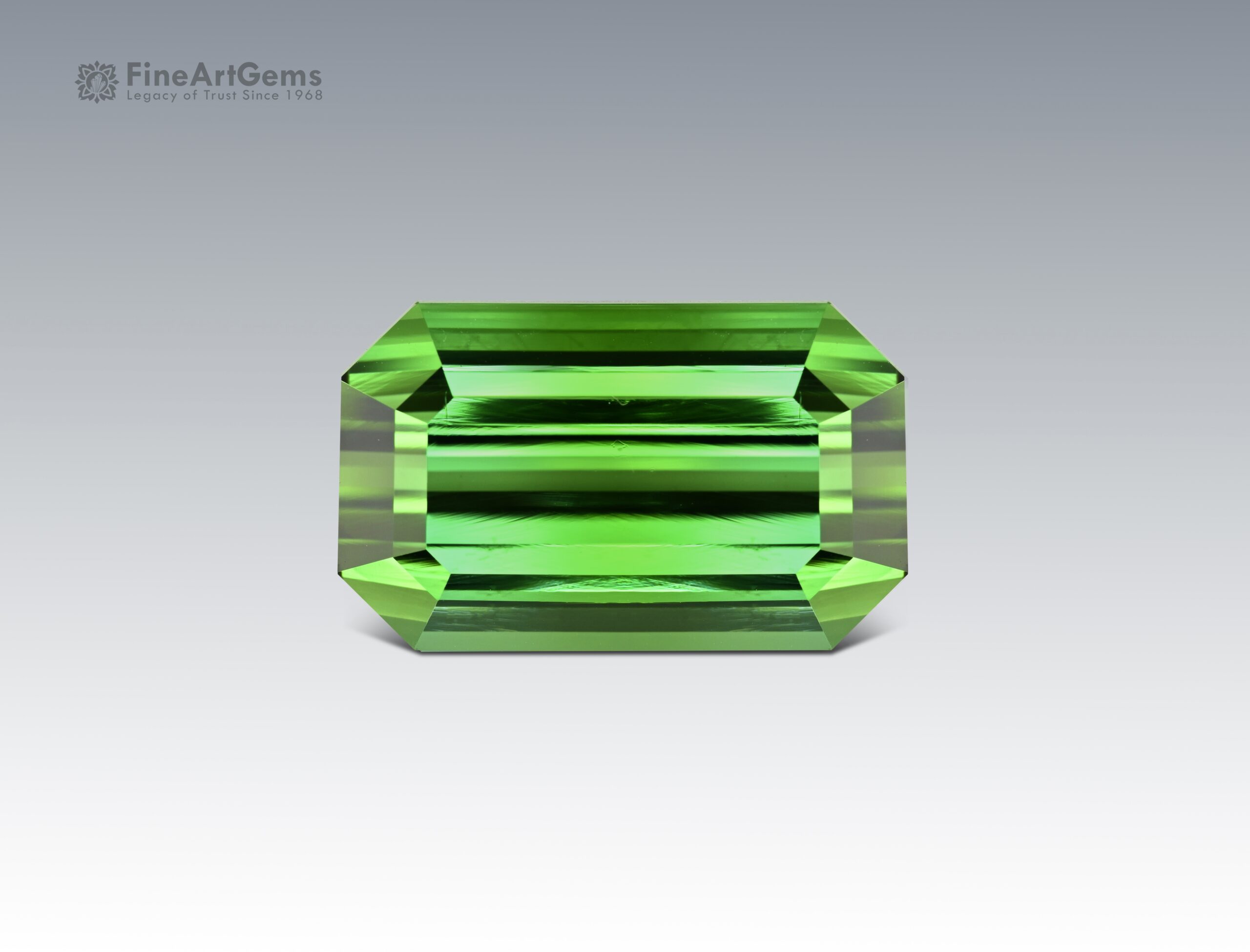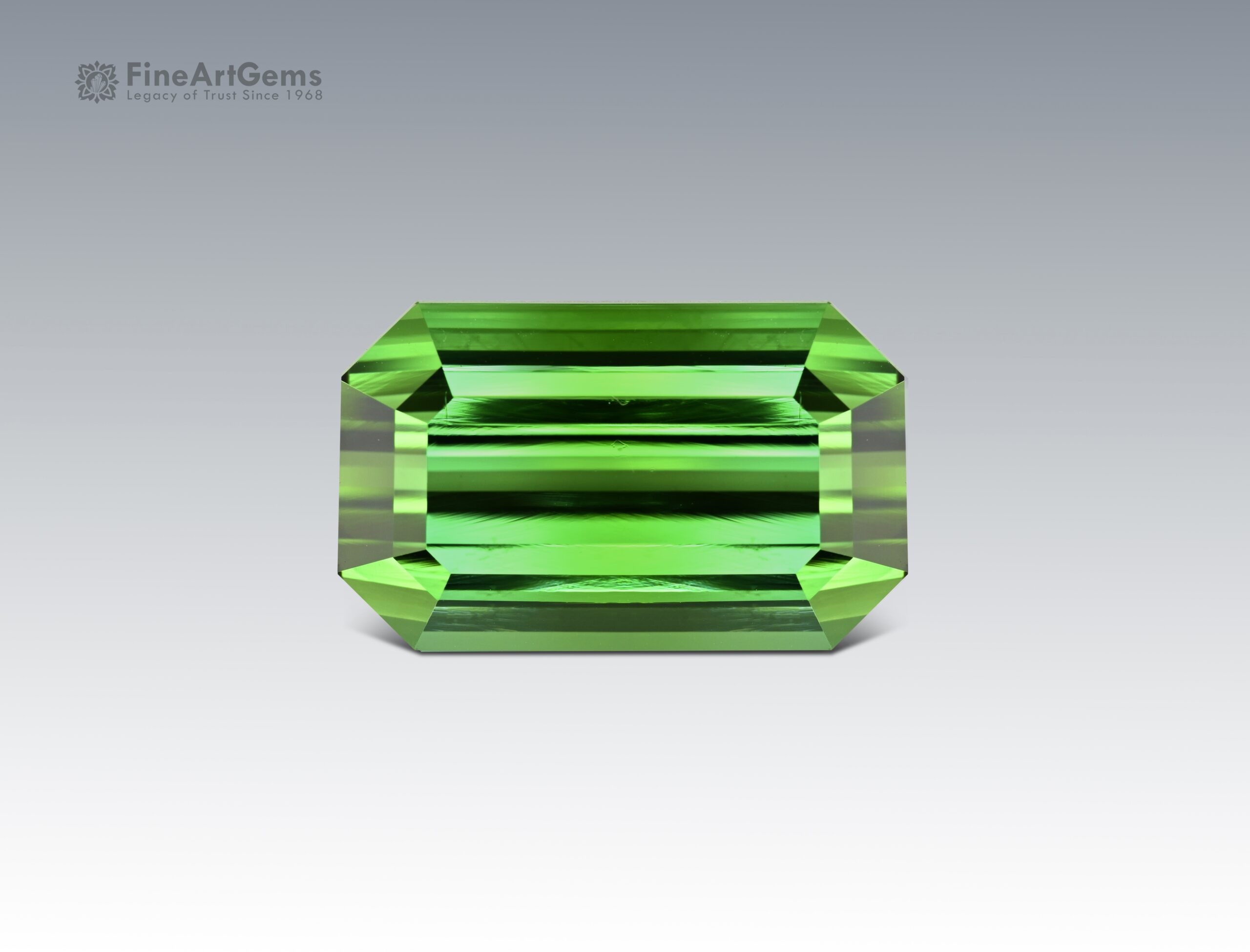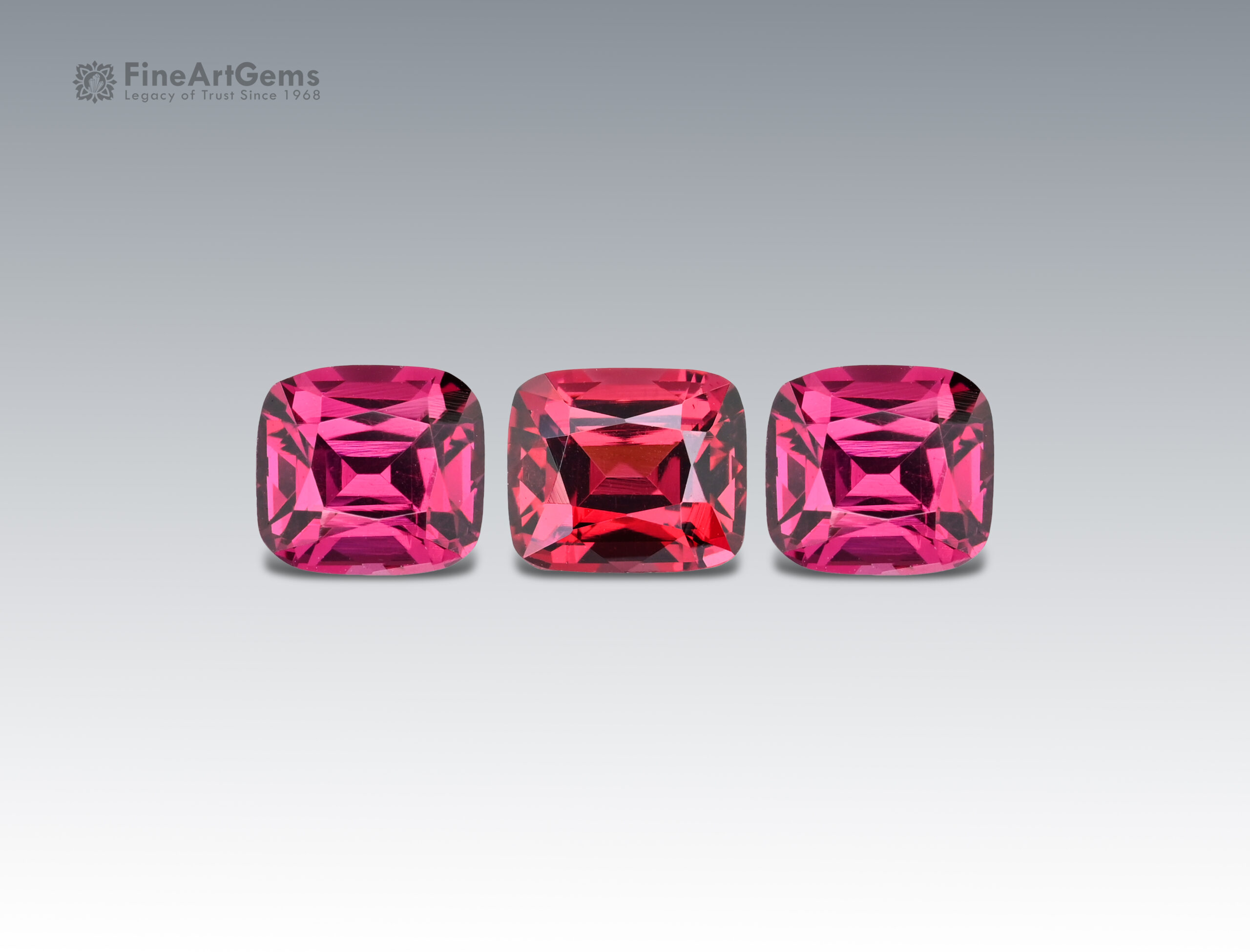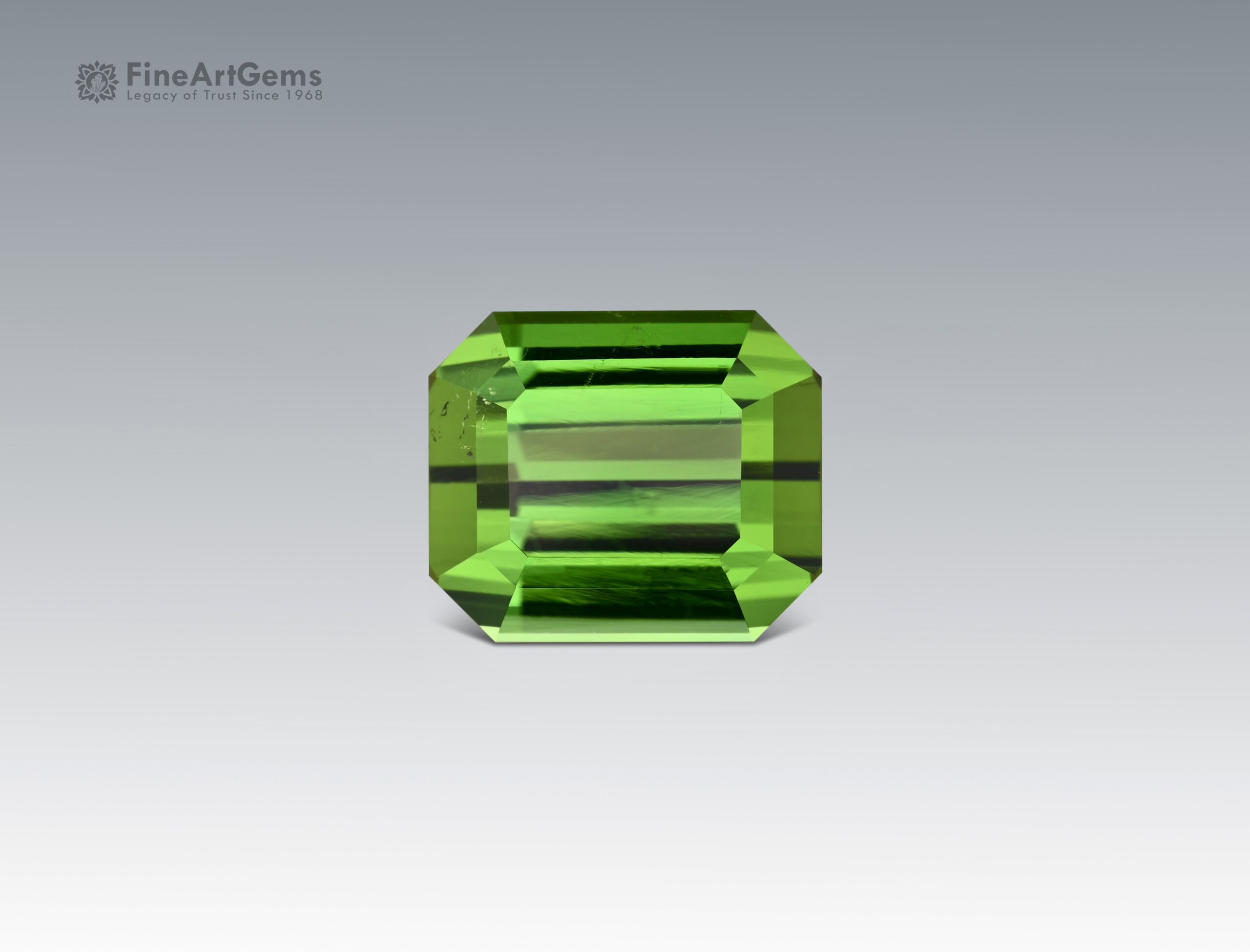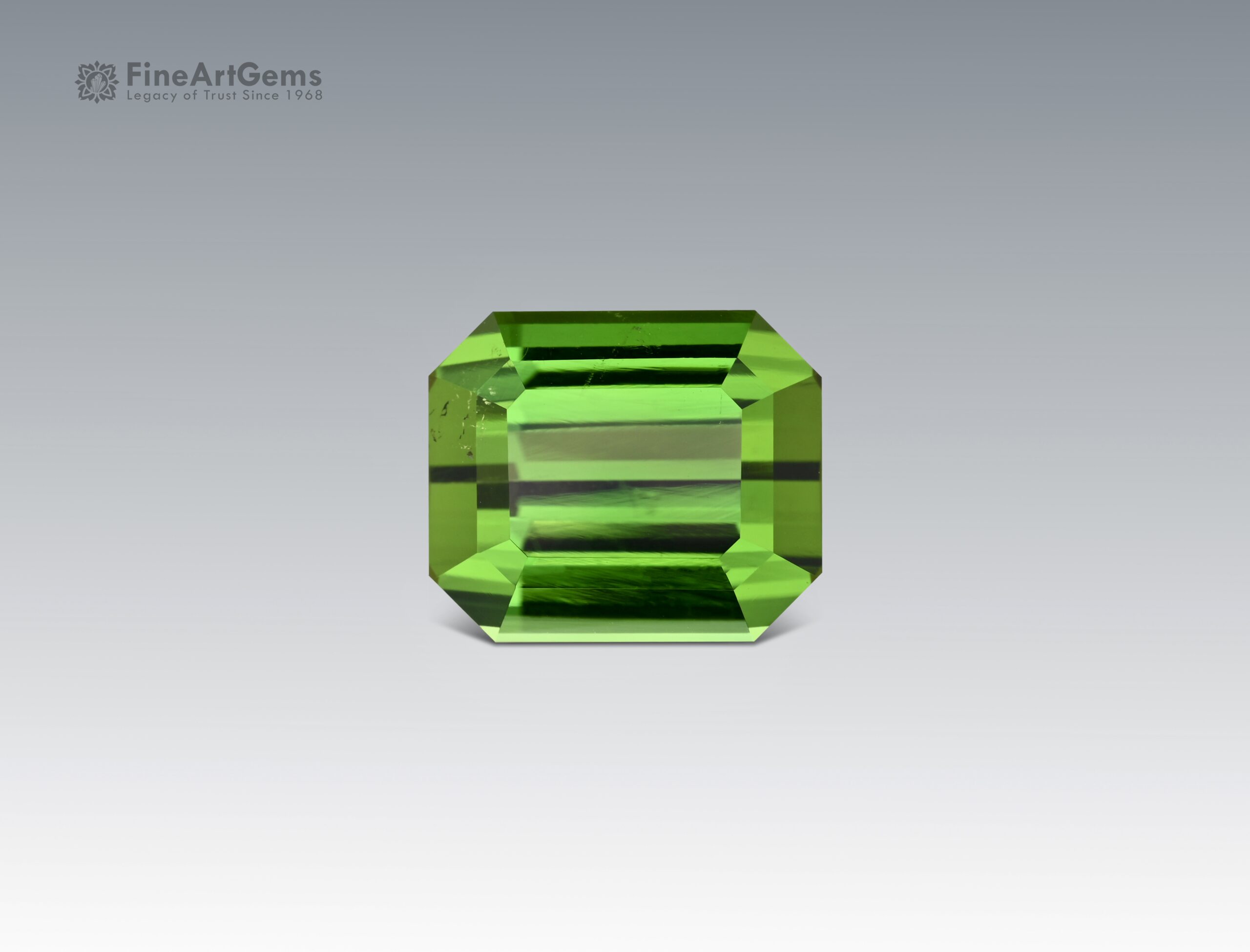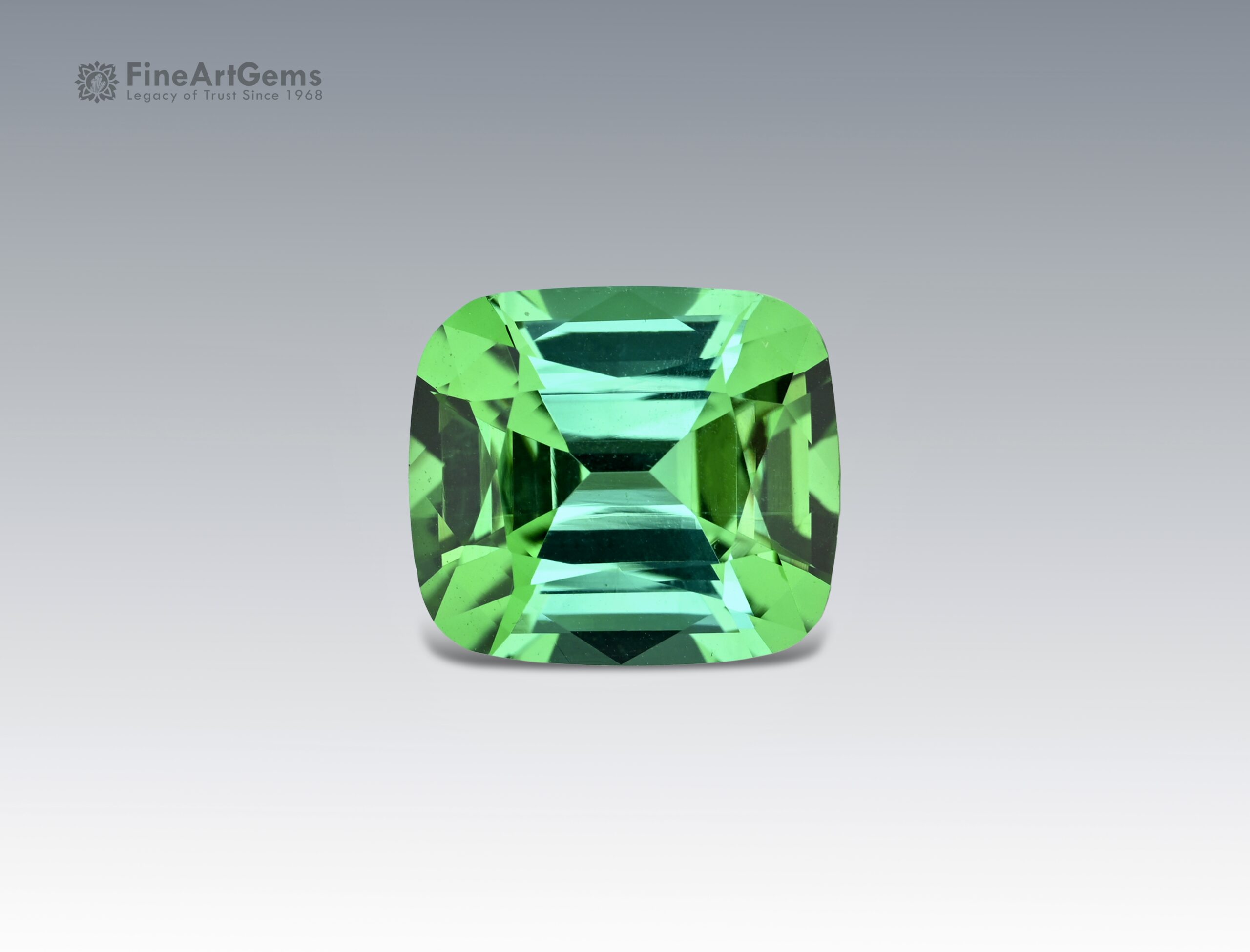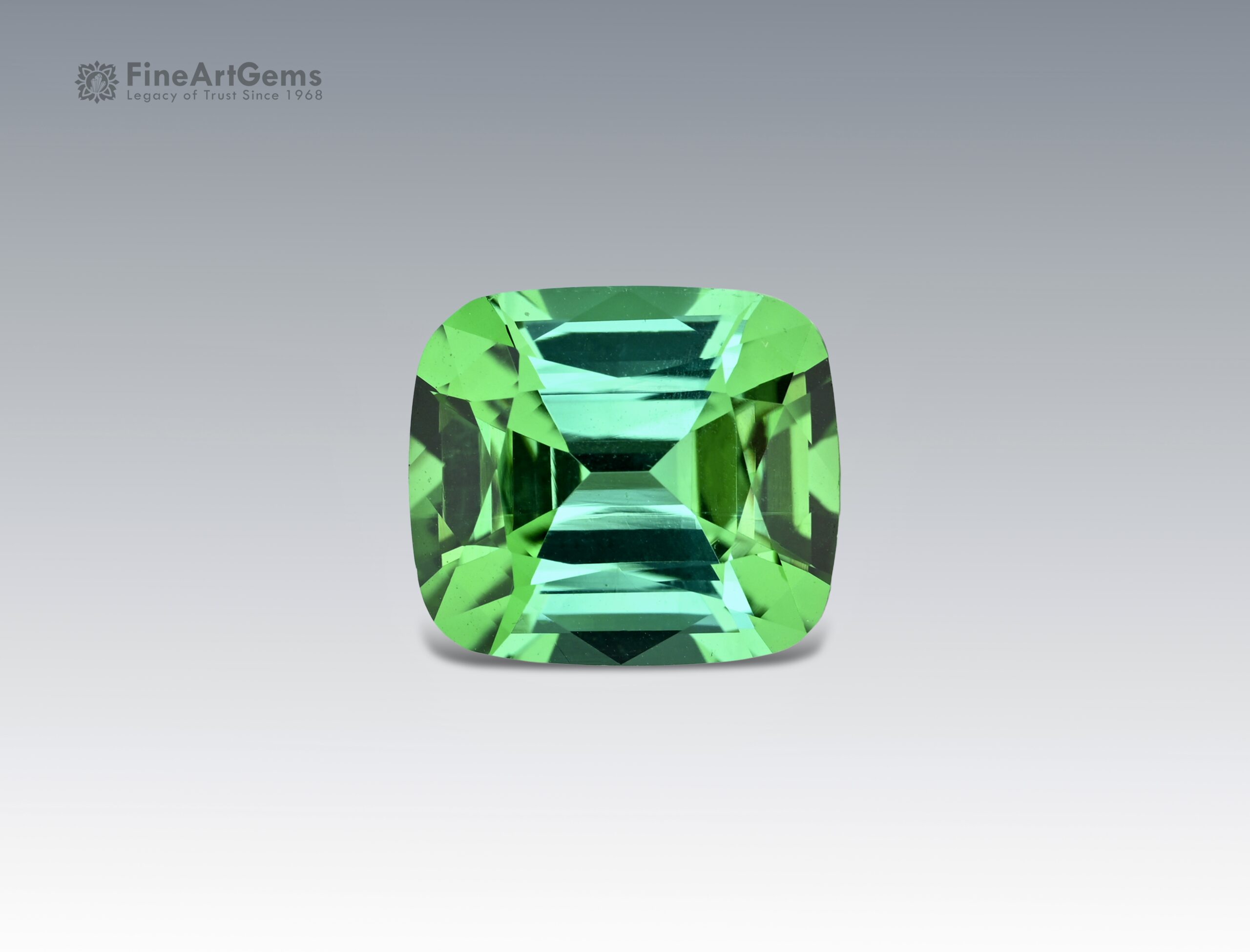Welcome to the alluring world of gemstones, where nature’s exquisite artistry is on display in a breathtaking array of colors, shapes, and captivating allure.
Across cultures and centuries, these precious stones have captivated hearts and minds with their timeless beauty and mystical significance.
Gemstones encompass a world of diversity, each type possessing its unique characteristics and charm.
From the fiery brilliance of rubies to the serene depths of sapphires and the eternal sparkle of diamonds, these natural wonders offer an unparalleled spectrum of color, clarity, and luster.
Gemstones have been prized for their beauty, rarity, and mystical attributes since ancient times, weaving a rich tapestry of lore and legend across diverse cultures.
These precious stones hold a timeless allure, captivating the hearts and minds of generations with their captivating charm and symbolic significance.
In this article, we will explore their myriad categories, intricate properties, historical significance, and intriguing facts.
Together, we will unravel the captivating secrets hidden within these remarkable treasures—gems that have adorned the crowns of royalty, embellished sacred amulets, and inspired countless tales throughout history.
Table of Contents
ToggleWhat is Gemstone?
Gemstones are beautiful and rare minerals that are found in the Earth’s crust. They come in a wide array of colors, shapes, and sizes, each possessing its own unique charm.
From shimmering diamonds to vibrant rubies, gemstones have captivated humans for centuries. Their natural beauty and brilliance have made them coveted for both their aesthetic appeal and symbolic significance.
One key factor that sets gemstones apart from other minerals is their rarity. Not all minerals can be considered gemstones; they must possess qualities like durability, beauty, and desirability to be classified as such.
People have admired and used gemstones for thousands of years across different cultures for various reasons.
Some believe certain gemstones have spiritual meanings or healing properties, while others simply adore them for their aesthetic appeal.
Gemstones can be classified into two categories: precious and semi-precious. Precious gemstones include diamonds, rubies, sapphires, and emeralds—known for their rarity and exceptional beauty.
Semi-precious gemstones encompass a wide range of others including amethyst, turquoise, opal, and more.
Gemstones are nature’s captivating creations that have fascinated people throughout history with their allure and enduring charm.
Whether cherished for their symbolism or admired purely for their visual splendor, the world of gemstones continues to captivate enthusiasts with its timeless beauty.
Historical Significance of Gemstones
Throughout history, gemstones have held profound significance as symbols of power, beauty, and cultural identity.
From ancient civilizations to modern societies, these precious stones have been cherished for their inherent qualities and symbolic meanings.
Royalty and nobility adorned themselves with gemstone jewelry as a display of wealth and status, while also attributing mystical or protective properties to specific gems.
Gemstones have also served as symbols of love, commitment, and celebration in various cultural traditions.
Engagement rings featuring diamonds symbolize enduring love and commitment in Western cultures, while other cultures have their own significant gemstones associated with betrothal and marriage.
Today, the tradition of using gemstones as symbols endures through personalized birthstone jewelry, commemorative pieces marking life milestones, and fashion statements expressing individual styles.
The timeless allure and symbolism of gemstones continue to captivate people around the world, transcending borders and generations.
Characteristics of Gemstones
Gemstones possess a diverse range of characteristics that make them uniquely captivating.
Here are some key traits to consider:
1. Color
One of the most defining features of gemstones is their vibrant and varied colors. From the deep red of rubies to the sparkling blue of sapphires, colors play a significant role in determining the value and appeal of a gemstone.
2. Clarity
The clarity of a gemstone refers to its transparency and the presence or absence of any internal flaws or inclusions.
Gemstones with high clarity, free from blemishes, are highly prized for their purity and brilliance.
3. Cut
The cut of a gemstone influences its overall appearance and brilliance. A well-executed cut can enhance the stone’s natural beauty by maximizing its sparkle and luster.
4. Carat Weight
Gemstones are measured by their carat weight, which determines their size. Larger stones with high-quality color, clarity, and cut are often more valuable due to their rarity.
5. Durability
Each type of gemstone has its level of hardness on the Mohs scale, which measures a mineral’s resistance to scratching and abrasion. This durability affects how suitable the gemstone is for everyday wear in jewelry.
6. Rarity
Some gemstones are exceedingly rare, making them highly sought after by collectors and enthusiasts. The scarcity of certain gems adds to their allure and prestige.
Overall, these characteristics contribute to the uniqueness and desirability of different gemstones, each one possessing its charm and allure.
Types of Gemstones
Types of gemstones are given below one by one:
1. Natural Gemstones
These gemstones are formed through natural geological processes without any human intervention. They are mined from the earth and prized for their authenticity and unique beauty.
2. Genuine Gemstones
The term “genuine” refers to gemstones that are naturally occurring, without any artificial enhancements. These gemstones are highly valued for their purity and authenticity.
3. Synthetic Gemstones
Synthetic gemstones are lab-created replicas of natural gem materials. While they have the same chemical composition and physical properties as natural gemstones, they are produced in controlled laboratory environments.
4. Imitation or Simulated Gemstones
Unlike genuine or natural gemstones, imitation or simulated gemstones are made from materials that may resemble the appearance of real gems but do not possess the same chemical or physical properties.
5. Treated Gemstones
Treated gemstones undergo enhancements to improve their color, clarity, or durability. Common treatments include heating, irradiation, and surface coatings to enhance the visual appeal of the stone.
By understanding these categories, enthusiasts can make informed decisions when selecting gemstones based on their preference for natural authenticity, affordability, or specific aesthetic qualities.
Popular Gemstones in Jewelry
When it comes to popular gemstones in jewelry-making, there are several highly sought-after options, each offering its unique beauty and characteristics. Here’s a closer look at the most frequently used gemstones, along with their aesthetic qualities, durability, and popularity:
1. Aquamarine
Known for its stunning blue-green hue, aquamarine is prized for its clarity and often symbolizes tranquility. This beryl mineral is relatively durable, making it ideal for everyday wear in various types of jewelry.
2. Ruby
The rich red color of rubies exudes elegance and passion. As one of the hardest gemstones, second only to diamonds, rubies are extremely durable and well-suited for all types of jewelry.
3. Garnet
Available in a wide range of colors including red, orange, and green, garnet is appreciated for its depth of color and natural beauty.
While less well-known than rubies or sapphires, garnets are durable and versatile for use in different types of jewelry.
4. Sapphire
Renowned for its vivid blue hues but also found in other colors such as pink and yellow, sapphire is both highly durable and eye-catching. These qualities make it a beloved choice for engagement rings and other fine jewelry pieces.
5. Amethyst
The regal purple color of amethyst symbolizes luxury and spirituality. This quartz-based gemstone offers good durability that makes it suitable for a wide range of jewelry designs.
6. Blue Zircon
Featuring bright blue tones with exceptional brilliance, blue zircon offers an affordable alternative to more expensive blue gemstones while still delivering impressive fire and sparkle.
7. Peridot
With its charming green color reminiscent of springtime foliage, peridot is prized for its unique olive-green hue which adds a touch of freshness to any piece of jewelry.
8. Emerald
Known for its rich green color that symbolizes rebirth and love, emerald has long been associated with luxury.
While slightly less durable compared to some other gemstones on this list due to potential brittleness or inclusions; emerald’s allure remains undiminished.
9. Topaz
Available in a variety of colors but perhaps best known for its warm golden hues; topaz appeals to many due to its affordability and versatility as a birthstone or alternative to pricier gems like citrine or yellow sapphire.
10. Diamond
Recognized for their unparalleled brilliance and remarkable strength, diamonds hold an enduring appeal as the ultimate expression of love through engagement rings and timeless heirloom pieces.
These popular gemstones captivate with their charm while standing the test of time thanks to their durability – making them favorites among both designers and admirers alike.
Care and maintenance
When it comes to caring for your precious gemstone jewelry, it’s important to take measures to preserve their beauty and longevity.
Here are some user-friendly care tips along with any specific requirements for certain gemstones:
1. Regular Cleaning
To maintain the luster of your gemstone jewelry, gently clean it with a soft brush and mild soapy water. This helps remove any dirt or residue without damaging the stones.
2. Soft Storage
Store your gemstone jewelry separately in soft pouches or compartments to prevent scratches or damage from contact with other pieces.
3. Professional Inspection
Have your gemstone jewelry checked by a professional jeweler periodically to ensure that the settings are secure and stones are free from damage.
4. Avoid Harsh Chemicals
Refrain from exposing your gemstone jewelry to harsh chemicals such as cleaning agents, perfumes, or hairsprays, as they can dull the stones’ brilliance over time.
5. Gentle Handling
Be mindful while wearing and removing gemstone jewelry to prevent accidental impact or damage.
By following these straightforward care tips, you can ensure that your treasured gemstone jewelry continues to enchant for generations to come.
The Gemstone market
The global market for gemstones is vast and diverse, with popular sources and current trends shaping the industry.
Gemstone value is determined by several factors, including rarity, color, clarity, cut, and carat weight.
Popular Sources
Gemstones are sourced from various regions around the world, each known for specific varieties. For example:
- Rubies: Myanmar (Burma), Pakistan, Afghanistan, Thailand
- Sapphires: Sri Lanka, Kashmir region, Madagascar
- Emeralds: Pakistan, Afghanistan, Colombia, Zambia, Brazil
- Diamonds: South Africa, Russia, Australia
Current Trends
In recent years, there has been an increasing demand for ethically sourced and sustainably produced gemstones.
Consumers are also showing a preference for unique and rare gemstone varieties beyond traditional diamonds and rubies.
Determining Value
The value of a gemstone is influenced by its rarity and desirability. Factors such as intense color saturation in the case of rubies or sapphires, lack of visible inclusions in diamonds or emeralds, and vibrant hues in amethysts or aquamarines contribute to their value.
Overall, the gemstone market is dynamic and influenced by both traditional preferences and evolving consumer demands.
Understanding the factors that determine value can help consumers make informed decisions when purchasing these precious treasures.
Conclusion
Gemstones have captivated humanity for centuries with their exquisite beauty and enduring significance.
From the shimmering allure of diamonds to the enchanting hues of sapphires and emeralds, each gemstone carries a unique story and timeless elegance.
We’ve explored the defining characteristics and historical significance of these precious stones, delved into the various types and categories that adorn jewelry and beyond, and uncovered essential tips for caring for these treasures.
The global market for gemstones continues to thrive, driven by ever-evolving trends and popular sources around the world.
Whether for investment or personal adornment, the allure of gemstones remains steadfast.
As we conclude this journey through the world of gemstones, let’s celebrate their enduring beauty and encourage further exploration into the myriad wonders they hold.
So, This is the complete information about the introduction to the gemstones, I hope you have gone through it.
If you have any kind of question or suggestion you can ask in the comments section below.
Or
If you want any kind of consultation, feel free to contact us.
Thank you for reading.

